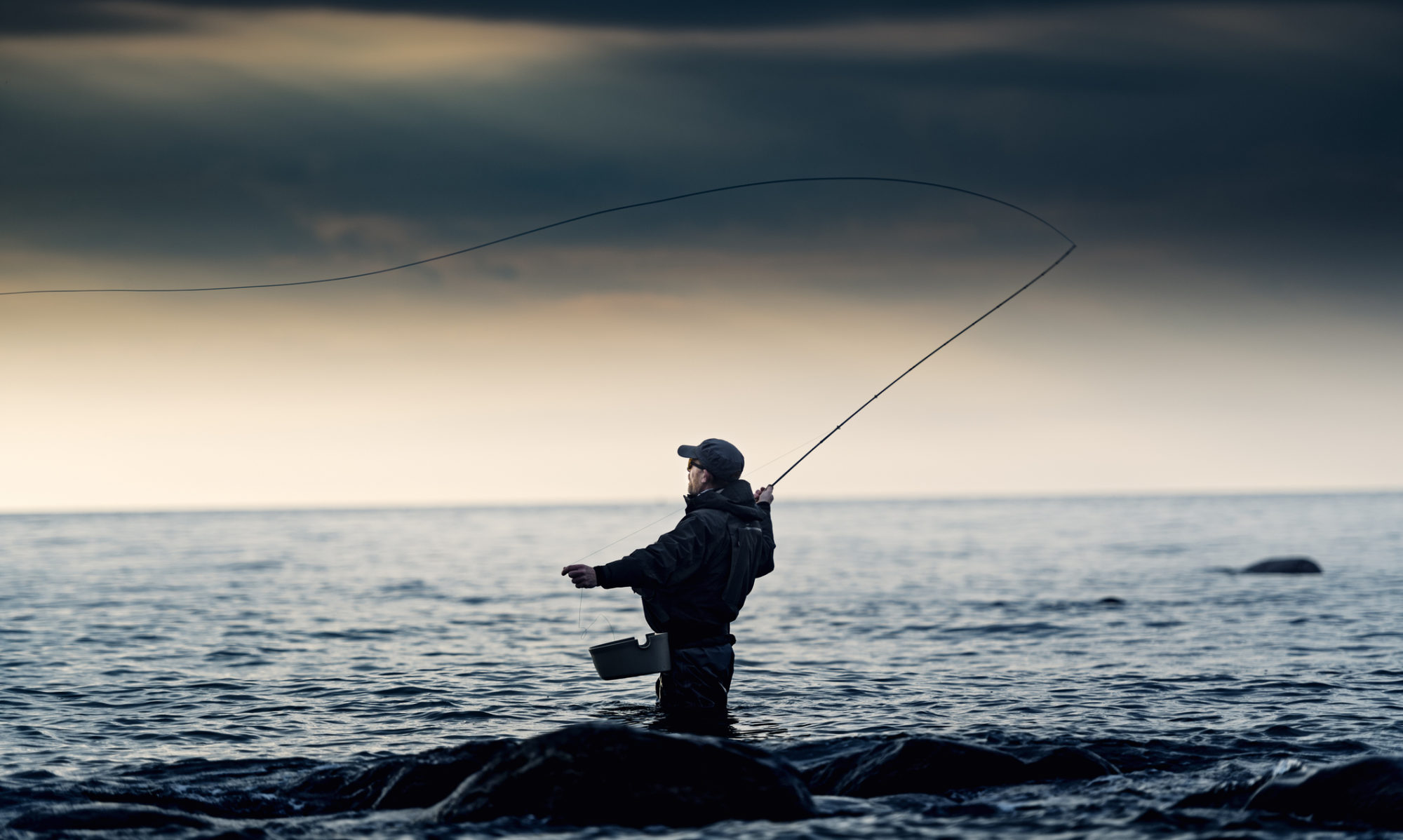With effect from 1st January 2019, the Environment Agency introduced some new bylaws which affect salmon and sea trout fishing. This is a response to declining salmon stocks in our rivers. The problem is international, and in many cases, the numbers of salmon have sunk below a sustainable level.
Which Restrictions Does the New Law Enforce?
Commercial Net Fisheries
Commercial net fisheries for rivers that are listed as „at risk“ or „probably at risk“ have been closed. This includes all fishing with drift-nets. Some salmon fishing is still allowed.
Rivers at Risk
Anglers must release their catches made on „at risk“ rivers. Mandatory catch and release will be in effect from June 2019. The rivers initially affected will be the River Calder in Cumbria, the Dorset Stour and the River Yealm, also in Dorset.
Recovering Rivers
Mandatory catch and release is in force for anglers on all „recovering rivers“. This is applicable for rivers where the salmon was effectively wiped out, and where new stocks have reestablished themselves recently through improving water quality. These rivers are mostly located in post-industrial areas, where the pollution levels are high. Affected are, for example, the River Mersey and the Yorkshire Ouse.
Voluntary Catch and Release Expectations
Anglers are strongly encouraged to release any catches on rivers which are listed as „probably at risk“. It is hoped that more than 90% of the caught salmon will be released.
Further Measures to Protect Salmon Stocks
Reducing the fishing of salmon with nets and rods is part of a broader programme driven by the Environment Agency to protect stocks. Other measures include the improvement of water quality, the removal of barriers to support migration, and the introduction of more sustainable practices in agriculture and water abstractions.
The iconic salmon can only be protected if everyone works together. Farmers, industrial businesses, anglers and fisheries must all make a concerted effort to help preserve our salmon stocks for our children and grandchildren.

